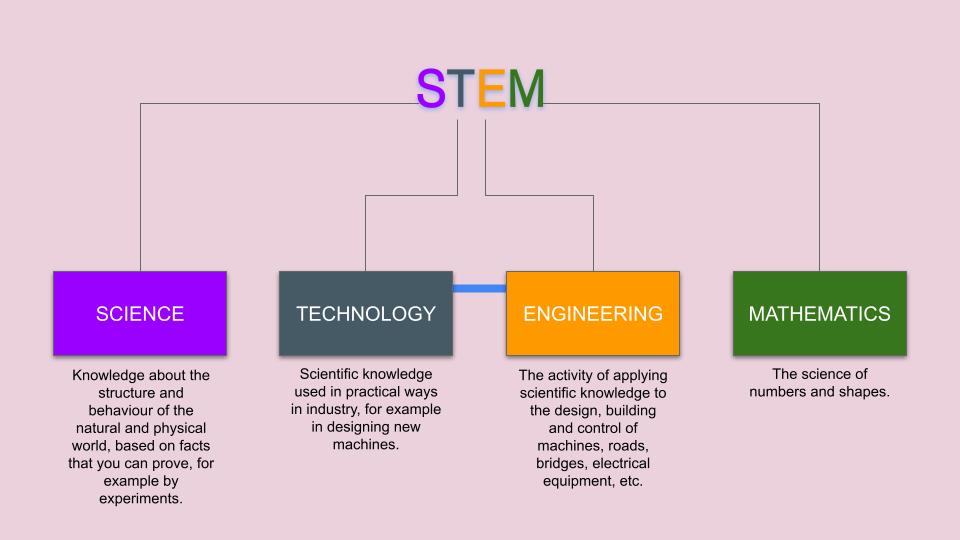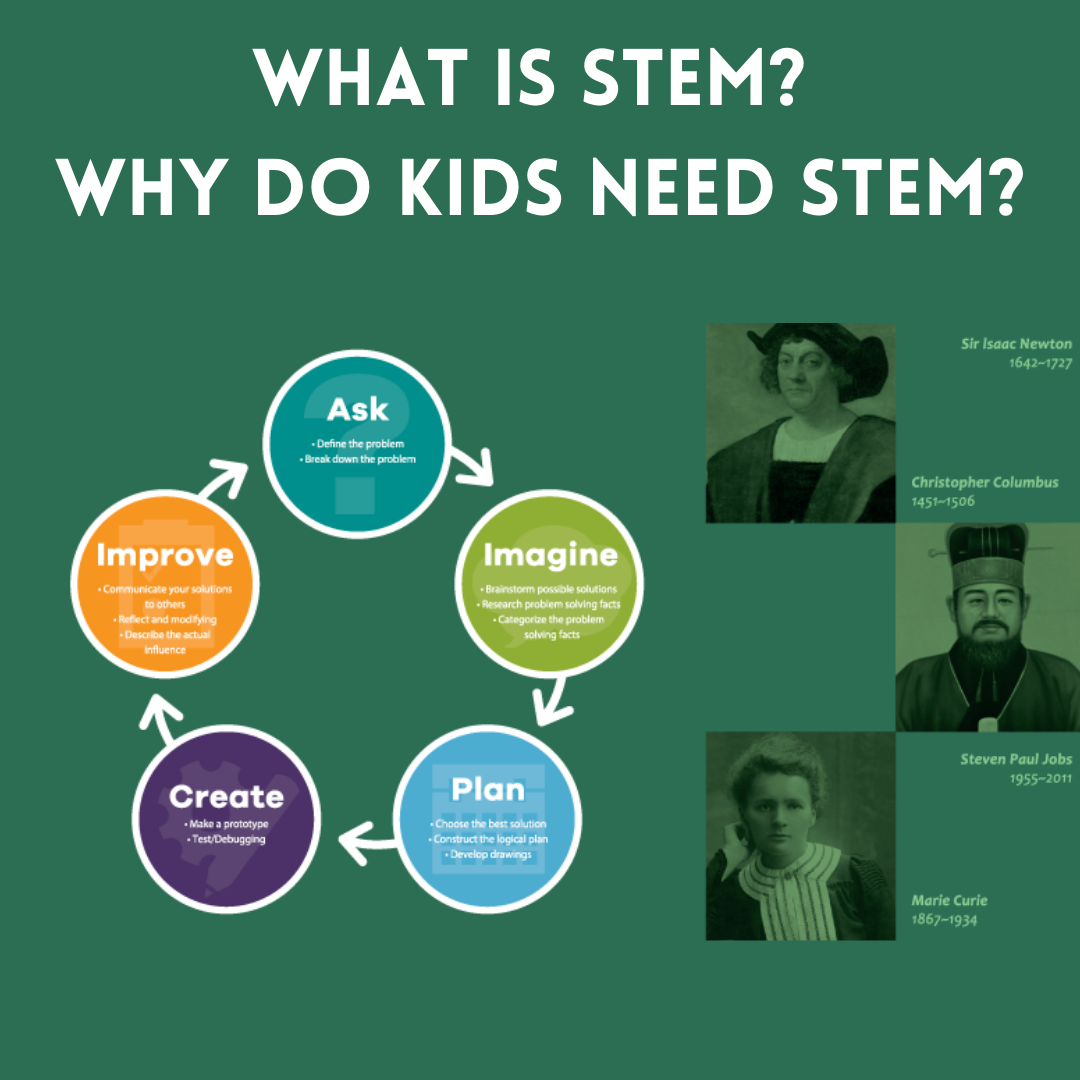STEM is a curriculum based on the idea of educating students in four specific disciplines — science, technology, engineering and mathematics — in an interdisciplinary and applied approach. Rather than teach the four disciplines as separate and discrete subjects, STEM integrates them into a cohesive learning paradigm based on real-world applications.

What is the main difference between Traditional Education and STEM Education?
STEM Education is a form of teaching and learning method for Science, Technology, Engineering and mathematics subjects in which kids are taught to think critically, question about things or innovate ideas by themselves. It is very different from the traditional education system.
Traditional education:
– Read
– Memorize
– Practice
– Repeat
– Exams
STEM Education:
– Observe
– Question
– Experiment or Self-Test
– Analyze
– Conclude
As mentioned above, STEM Education is a more innovative, modern form of education system.
Why do kids need STEM Education?
In the STEM Education form of the system, the kids not only think by themselves and find solutions by themselves, they are challenged to solve the problems by themselves making them more independent. It is an important form of education for a child’s growth and development. It makes the kids Independent from a young age.
Kids are imaginative and creative from a very young age. STEM Education’s motto is to keep their imaginative and creative side of the kids and incorporate such methods into the education system.
Tune into our blog next week to know more about how we incorporate STEM Education into our curriculum and teaching methods!



Leave A Comment